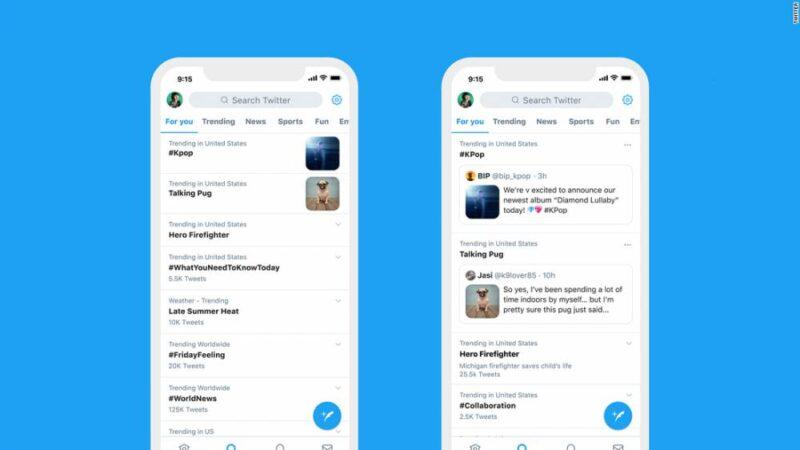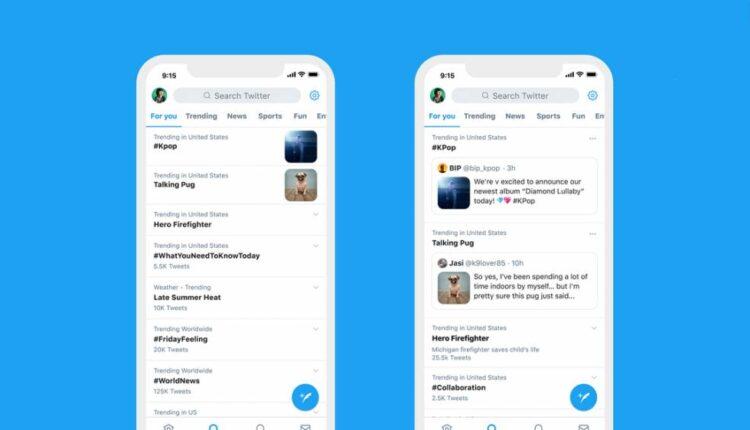Twitter will better explain why something is trending Twitter will better explain why something is trending
New York (CNN Business)It’s a familiar scenario: A celebrity’s name suddenly starts trending on Twitter, and some people immediately assume or fear it’s because the person died. If the celebrity’s name was trending for reasons unrelated to their mortality, there’s an influx of tweets of relief from fans.
Without context, the terms and names that appear in Twitter’s trending module don’t offer users information on their newsworthiness. Let’s take an example: “Cory Booker” was trending Tuesday, but without clicking through the term and reading several tweets, a user would have no idea why. (It was because on Monday night, during an interview with Fox News’ Laura Ingraham, President Trump mentioned the New Jersey senator’s name while accusing Democrats of wanting to bring low income housing to the suburbs.)”Trends show what everyone is talking about right now. But too often, we look at one word or phrase trending on Twitter and ask, ‘why is this trending?'” the company wrote in a blog post. “That question was actually Tweeted over half a million times over the last year! It should be easier to understand what’s being said immediately.”Starting Tuesday on iOS and Android, some trends will have a tweet pinned to the top of them to give more information. That pinned tweet will be chosen by both algorithms and Twitter’s curation team. The feature will come to Twitter.com soon.Read More

Twitter will give more context around why something is trending. In the next several weeks, trends will also get short descriptions, which Twitter promises will be “straightforward” and “clearly sourced context” about why a topic is trending. For example, Twitter could add a description explaining that a musician is trending because of a new album release.
These features will be available in the US, as well as about a dozen other countries including Argentina, New Zealand, Spain and the UK.The move is part of a broader effort by Twitter to “add context” to the platform, such as labeling tweets that have disputed or misleading information. In recent months, the company has cracked down on President Donald Trump, and added labels to several of his tweets. For example, Twitter recently placed a label on a tweet from Trump for “making misleading health claims that could potentially dissuade people from participation in voting.”
Source: edition.cnn.com

